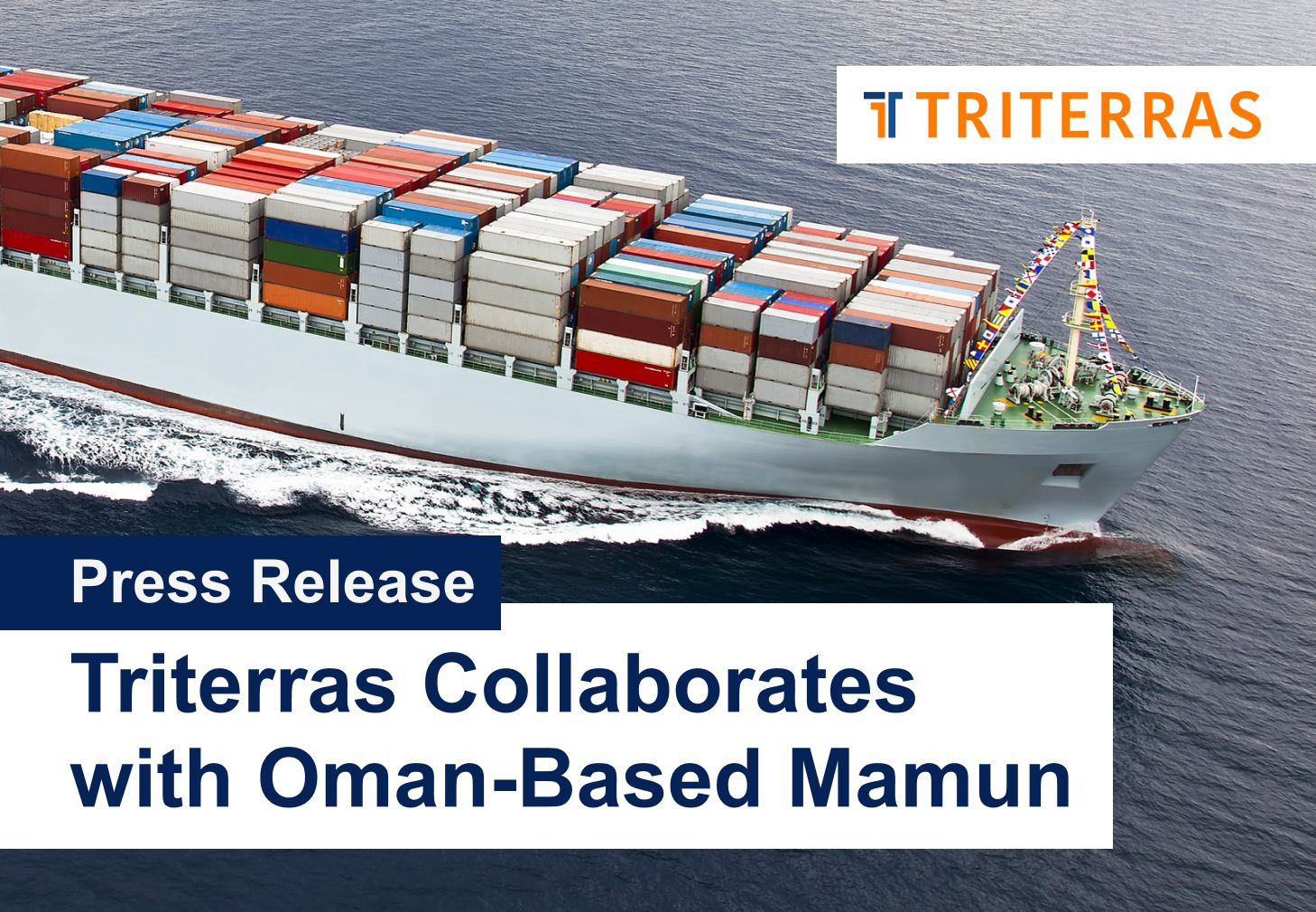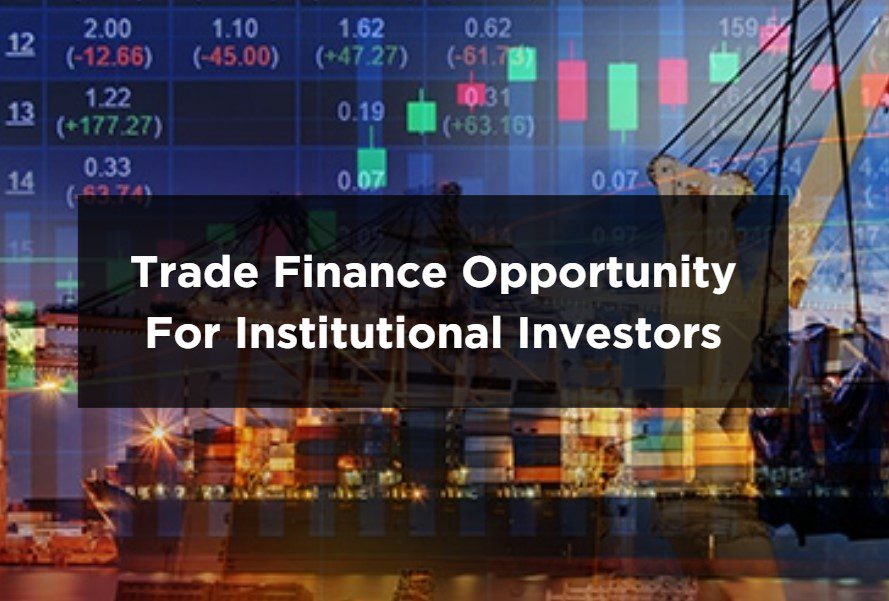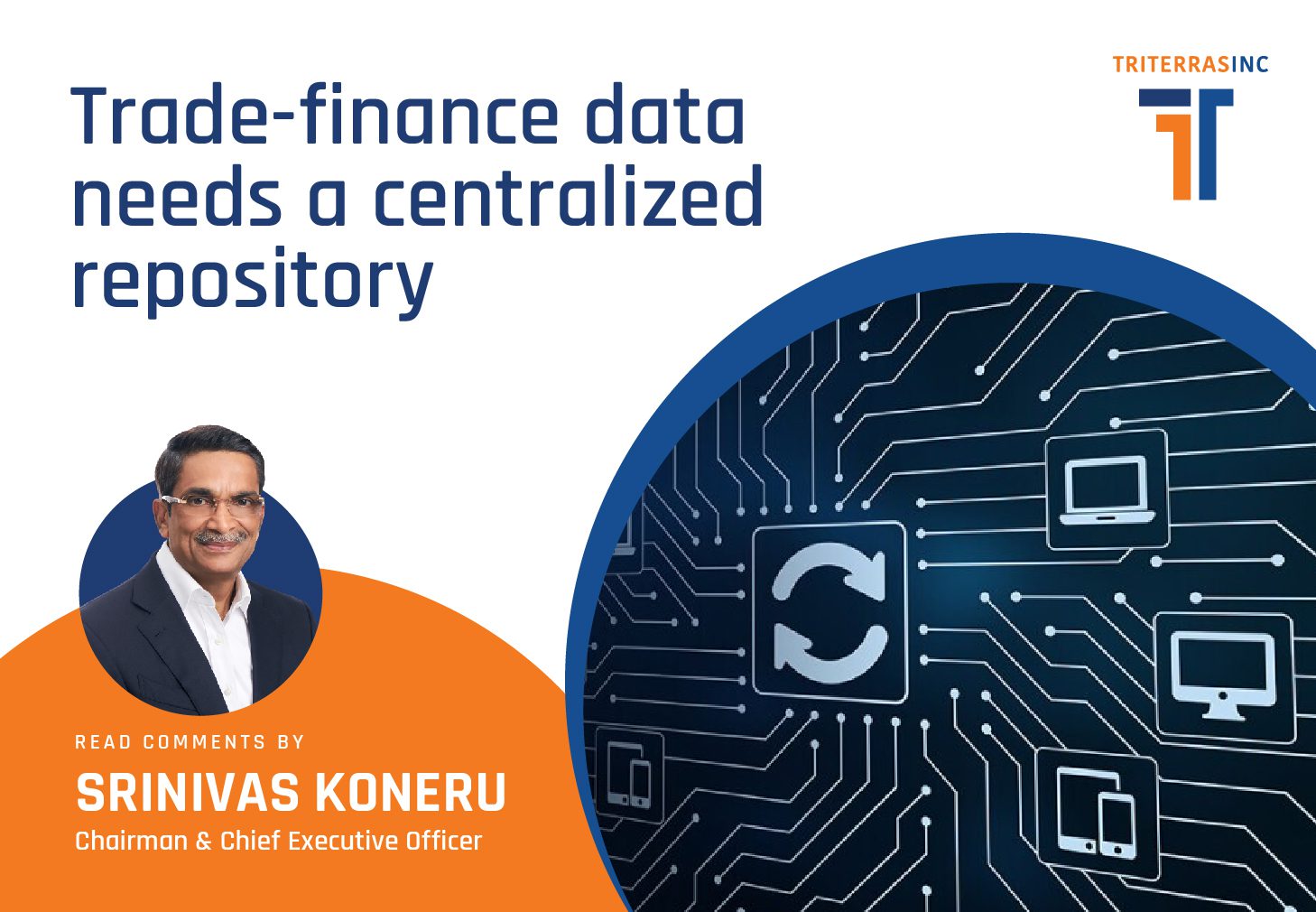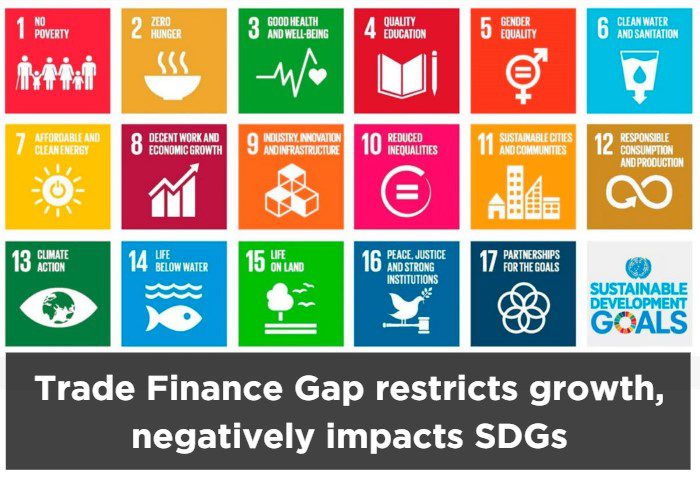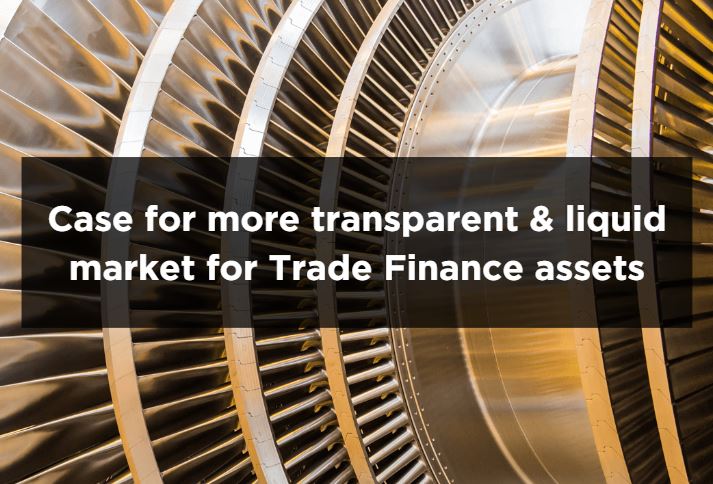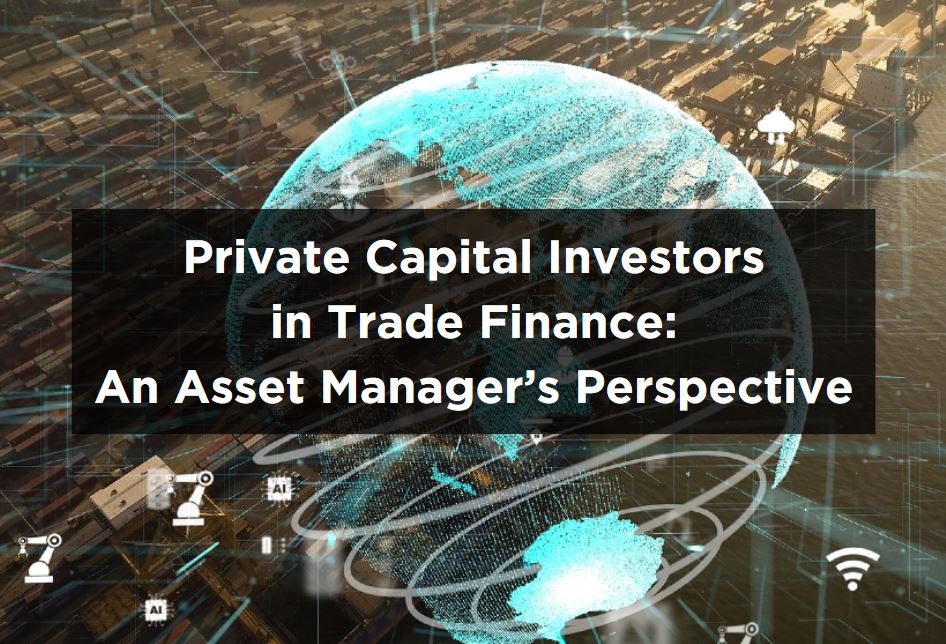Dublin-based Grid Finance has obtained a funding line of €100 million from UK-based alternative asset manager Fasanara Capital, which will be used for providing short-term loans to micro and small businesses in Ireland. Having loaned nearly €10 million to underserved sections of MSMEs in Ireland in the last two years, Grid expects to do business of €25 million in the current fiscal. The company focuses on giving short-term loans to merchant card financiers. The special provision that allows MSMEs to make lower payments during lean months has ensured that Grid gets good business, although demand for credit in the post-Covid scenario has generally been low.


FinTech’s Green Revolution: Nurturing Sustainable Practices Among Small Businesses
BY Triterras
- 09/04/24
Ashish Srivastava, our Triterras' Chief Commercial Officer shares in-depth with Intelligent Fin.Tech, a global technology intelligence platform which gathers the latest financial information, on how FinTech has emerged as a crucial catalyst, motivating and supporting small to medium enterprises on their path towards environmental responsibility through sustainable trade finance.







